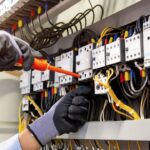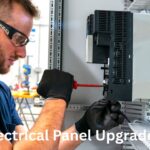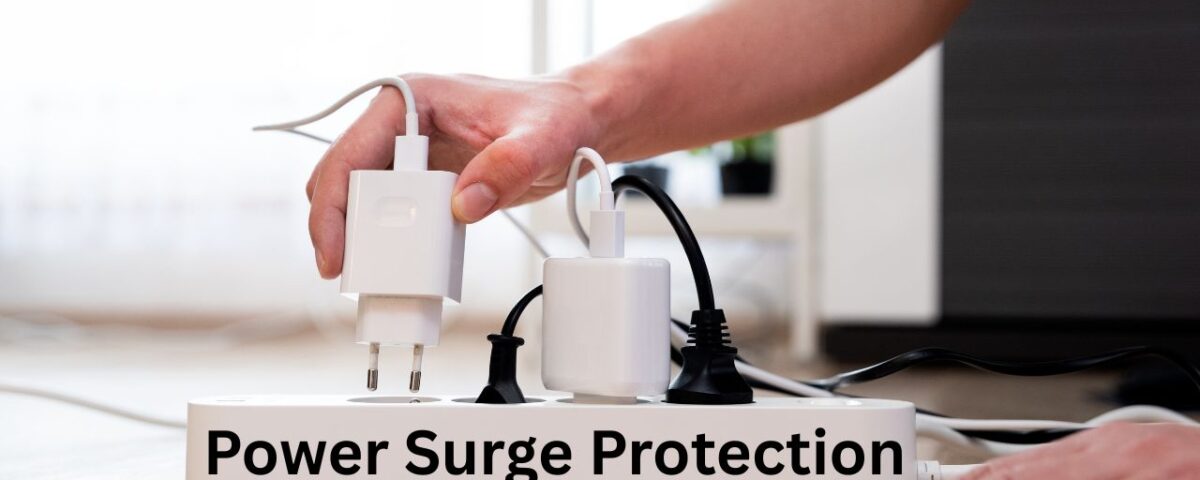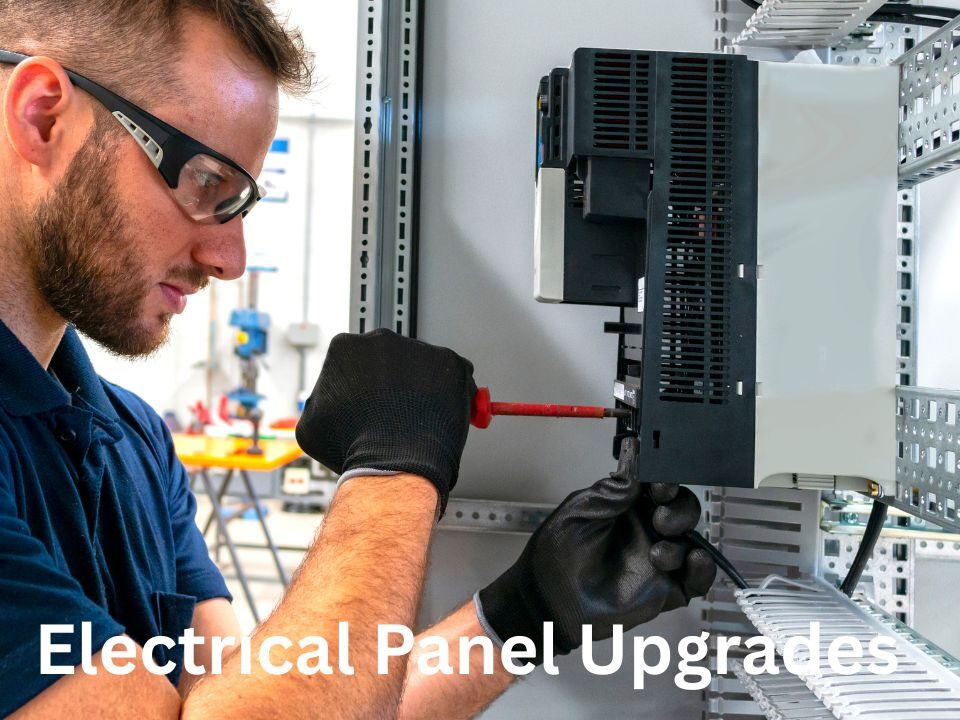
Creating an Electrical Safety Plan for Families with Young Children
May 23, 2025
Warning Signs Your Home Needs Electrical Panel Upgrades
June 6, 2025Electricity powers almost everything in the modern home—from refrigerators and TVs to computers and security systems. But with the convenience of power also comes risk. A single power surge can damage or destroy sensitive electronics and cost homeowners thousands in repairs and replacements.
Safeguarding Your Valuable Electronics and Appliances isn’t just about convenience—it’s a proactive measure to protect your investments and maintain the smooth operation of your household.
According to Tyson Orth Wollongong, a seasoned electrical businessman and managing director of Nexa Electrical Solutions, “Many people don’t realize how vulnerable their homes are to power surges until it’s too late. Taking preventive action is far more cost-effective than recovering from damage.”
This article explores the causes of power surges, their effects on your devices, and how to build a comprehensive surge protection plan for your home.
What is a Power Surge?
A power surge is a sudden spike in voltage that exceeds the standard 120 volts typically supplied to homes. These spikes, even if brief, can fry circuit boards, degrade wiring, and reduce the lifespan of your appliances and electronics.
Surges can range from minor fluctuations to major voltage spikes, and they often occur without warning. The most common causes include:
- Lightning strikes near power lines or your home
- Power grid switching and outages
- Malfunctioning appliances or large devices turning on/off
- Faulty wiring or overloaded circuits
- Downed power lines and utility issues
Even small, repeated surges can slowly degrade sensitive equipment, making Safeguarding Your Valuable Electronics and Appliances essential.
High-Risk Devices
Some devices are particularly vulnerable to voltage spikes due to their sensitive electronic components. These include:
- Computers and laptops
- Modems and routers
- Smart TVs and entertainment systems
- Gaming consoles
- Refrigerators and microwaves
- HVAC systems
- Smart home hubs and IoT devices
Losing any of these to a power surge not only means replacing expensive gear—it could also mean lost data, damaged media, or disrupted home security.
Step 1: Use Quality Surge Protectors
The simplest and most affordable way to begin Safeguarding Your Valuable Electronics and Appliances is to use high-quality surge protector power strips.
But not all surge protectors are created equal. Here’s what to look for:
- Joule Rating: Indicates how much energy the protector can absorb. Higher is better; aim for at least 1,000 joules.
- Clamping Voltage: Lower numbers (around 330V) mean faster response time and better protection.
- UL 1449 Certification: Ensures the device meets national safety standards.
- Indicator Lights: Show whether the surge protection is still active or compromised.
Be cautious of using cheap or outdated surge strips. They can give a false sense of security and may not protect during a significant event.
Step 2: Install Whole-House Surge Protection
While plug-in protectors are a great start, Tyson Orth Wollongong recommends taking it a step further with a whole-home surge protection system. Installed at your main electrical panel, these systems intercept surges before they can enter your home’s wiring.
Benefits of whole-house surge protectors include:
- Comprehensive coverage for every outlet
- Long-term durability
- Protection against both external (lightning) and internal (appliance) surges
These devices are especially useful in homes with large appliances, home offices, or extensive smart home systems.
Professional installation is required, and it’s best done by a licensed electrician familiar with your area’s electrical codes and grid conditions.
Step 3: Unplug During Storms
No technology can guarantee 100% protection from a direct lightning strike. During severe storms, it’s always safest to unplug critical electronics.
Create a habit of:
- Unplugging laptops, routers, and TVs before storms
- Avoiding use of appliances during high-wind events
- Keeping a surge-protected charging station for phones and emergency equipment
Safeguarding Your Valuable Electronics and Appliances during a storm sometimes comes down to simple, manual intervention.
Step 4: Maintain Electrical Health
A well-maintained electrical system is less vulnerable to internal surges caused by faulty wiring or aging circuits. Signs that your home might need attention include:
- Frequent tripping breakers
- Flickering lights
- Buzzing outlets or switches
- Warm or discolored wall plates
“Preventive maintenance is a key element of protection,” notes Tyson Orth Wollongong. “Outdated panels or overloaded circuits are often hidden risks. Addressing them makes your whole system more resilient.”
Have a professional electrician inspect your system every few years, especially if your home is over 20 years old.
Step 5: Insurance and Warranties
Some homeowners’ insurance policies cover damage caused by electrical surges—but not all. Check your coverage to confirm.
Also, many high-end surge protectors and whole-home systems come with equipment warranties. If the protector fails and your device is damaged, the manufacturer may cover the replacement cost.
Keep receipts, take photos of your setup, and register products when required.
Educating the Household
Finally, everyone in your household should understand the basics of surge protection. Kids and teens often plug in and use expensive gadgets; make sure they understand not to overload outlets or use unprotected power strips.
Label surge-protected outlets and encourage proper use. If your home is equipped with a smart electrical panel or energy monitoring system, teach older family members how to identify warning signs.
Safeguarding Your Valuable Electronics and Appliances is a team effort that benefits from informed and alert household members.
Power surges are unpredictable, but damage from them is largely preventable. With a combination of plug-in surge protectors, whole-home systems, regular maintenance, and good habits, you can significantly reduce your risk.
Technology is integral to modern life—protecting it ensures comfort, continuity, and cost savings. As Tyson Orth Wollongong says, “We protect what we value, and in today’s connected world, that means protecting your home’s electronics from the power that runs them.”
If you’d like help evaluating your current surge protection or want to explore smart options, consult a licensed electrician or contact your utility provider.

